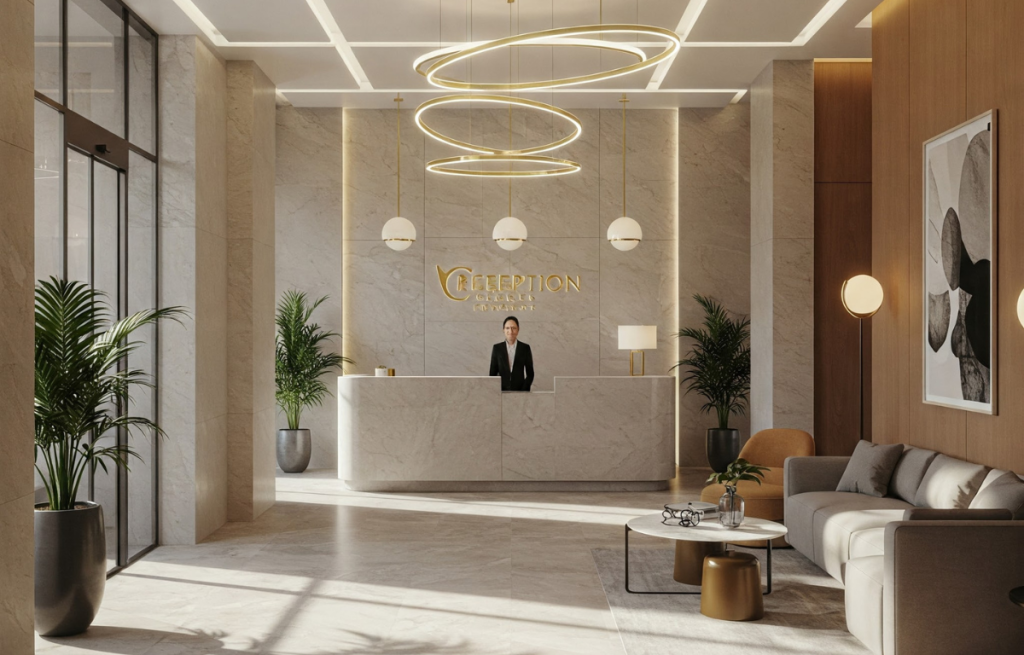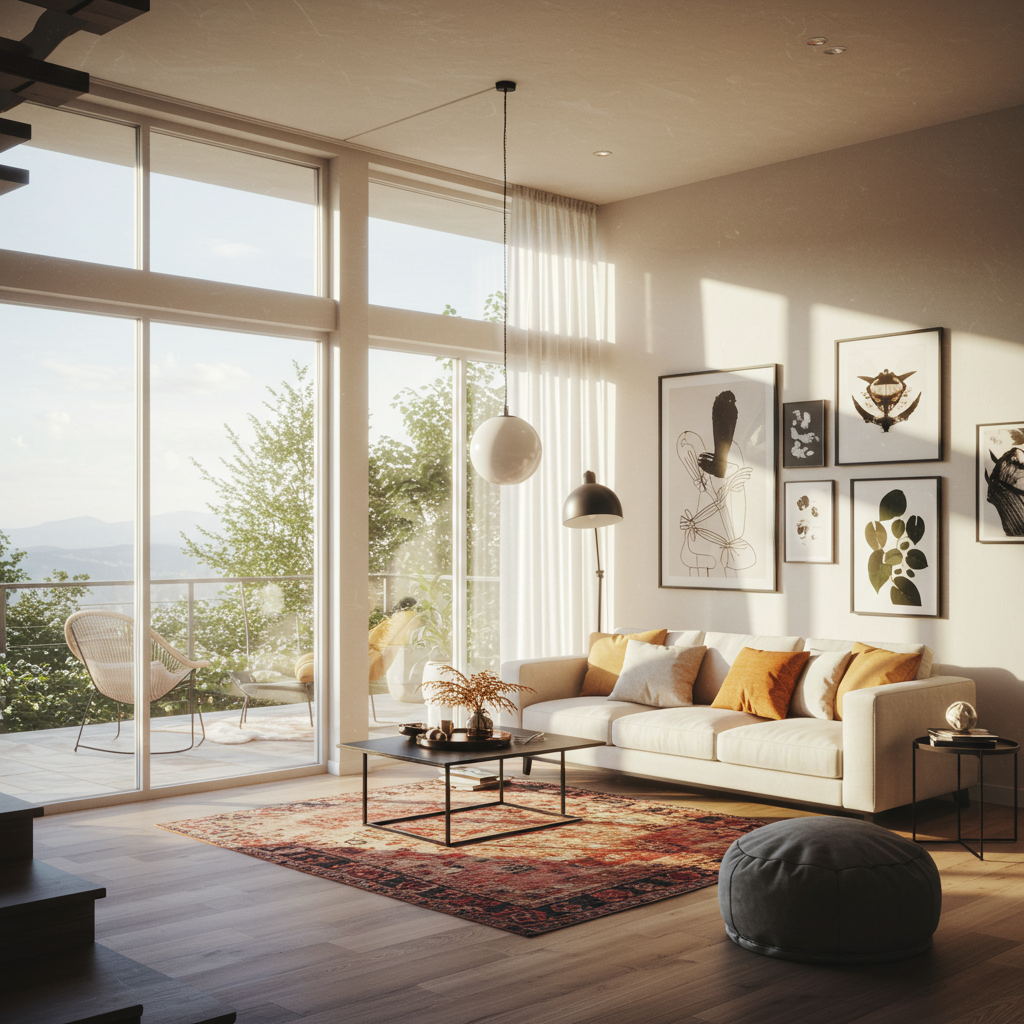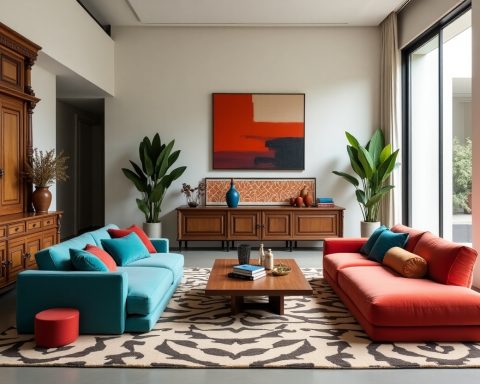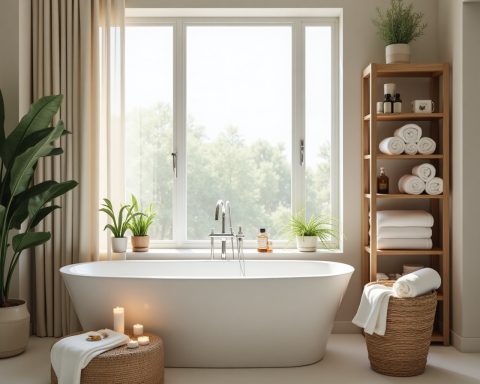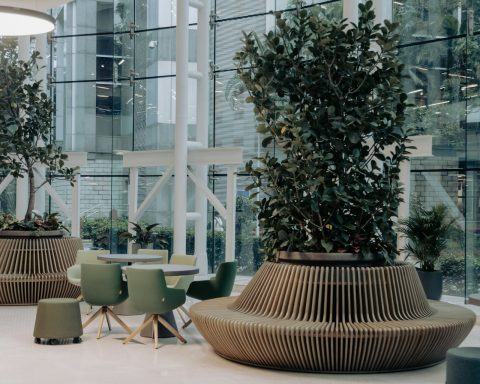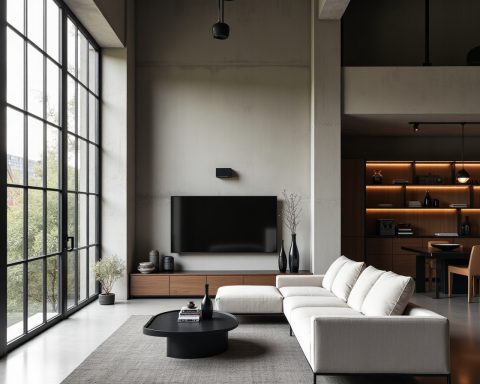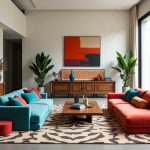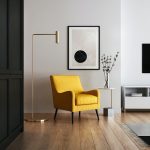The world of interior design is in constant evolution, yet some styles never truly go out of fashion. Among these, retro interior design stands tall — a style that celebrates the richness of the past while effortlessly weaving it into the present. As we seek comfort, personality, and uniqueness in our homes, retro design offers a timeless solution. By blending nostalgia with modern trends, today’s interiors are not just functional spaces — they are evocative environments infused with soul, history, and striking visual character.
In this comprehensive guide, we explore how to master the art of modern retro interior design, offering insight into how to make your space stand out using timeless pieces, vintage accents, and modern aesthetics.
What is Retro Interior Design? Understanding the Style
Retro interior design refers to styles from the 1950s to the 1980s, characterized by bold colors, geometric patterns, eclectic furniture, and playful decor elements. It’s about celebrating the unique looks of decades past — whether it’s the mid-century minimalism of the 50s, the psychedelic flair of the 70s, or the pop art explosion of the 80s.
In today’s design world, the retro style is experiencing a powerful resurgence, especially when blended with contemporary design principles. This fusion allows homeowners to enjoy the emotional warmth of nostalgia while maintaining a clean, functional, and modern aesthetic.
Why Retro is Making a Comeback in Modern Interiors
The revival of retro is rooted in a desire for authenticity, comfort, and character in a world increasingly dominated by minimalism and digital distractions. The tactile quality of vintage materials, the familiarity of nostalgic color palettes, and the quirky charm of retro accessories all contribute to a space that feels lived-in, personal, and expressive.
From Instagram to Pinterest, retro interiors have taken over the visual landscape. People crave homes that reflect their personality and tell a story. And what better way to do that than by mixing retro furniture with modern design trends?
Top Retro Interior Design Trends in 2025
1. Bold and Playful Color Palettes
Nothing screams retro like a vibrant color scheme. Popular retro color combinations include:
- Mustard yellow and olive green
- Turquoise and burnt orange
- Chocolate brown and cream
- Avocado green and gold
- Bubblegum pink with teal accents
These colors are now being reinvented with modern tones—think muted mustards, earthy greens, and vintage-inspired pinks—to blend more effortlessly into modern interiors.
2. Iconic Furniture That Transcends Time
Retro furniture is all about sleek lines, organic curves, and bold shapes. Key pieces that define retro interiors include:
- Eames Lounge Chairs and Tulip Tables
- Danish teak wood sideboards
- Hairpin-leg coffee tables
- Bubble chairs and egg chairs
- Modular sofas in velvet or leather
Modern designers often pair these vintage icons with minimalist accessories or high-tech gadgets, making them relevant and functional in today’s lifestyle.
3. Patterns, Prints, and Textures that Pop
From geometric patterns to funky florals, retro patterns are bold, unapologetic, and full of energy. Incorporate them through:
- Wallpaper (geometric or floral)
- Rugs with concentric or abstract designs
- Throw pillows with psychedelic motifs
- Tiled backsplashes in checkerboard patterns
Pair these with rich textures like velvet, corduroy, leather, and terrazzo to bring dimensionality and sophistication to your retro-modern space.
How to Blend Retro Aesthetics with Modern Interior Design
Keep It Balanced
The key to a successful modern retro interior is balance. Too much retro can feel outdated, while too much modernity can feel sterile. The ideal space blends:
- Mid-century wood furniture with white or gray walls
- Retro lighting fixtures with smart LED controls
- Vintage artwork paired with minimalist shelving
Use retro pieces as accent elements, not the whole theme, to keep the look fresh and intentional.
Technology Disguised in Nostalgia
Retro style doesn’t mean ditching technology. You can integrate modern tech discreetly within retro aesthetics:
- Smart speakers inside vintage radio shells
- Flat-screen TVs mounted inside reclaimed wood frames
- Wireless charging pads disguised as 60s ashtrays
This clever mix of form and function lets you enjoy the best of both eras.
Layering Eras for a Unique Interior Identity
Don’t be afraid to mix different decades. A 1950s credenza can work beautifully beneath an 80s pop art print. A 70s lava lamp may look surprisingly cohesive on a concrete countertop. This layering approach adds storytelling and individuality to your interiors.
Room-by-Room Retro Makeover Guide
Retro-Inspired Living Room Ideas
- Opt for low-profile seating in jewel tones like emerald green or mustard
- Introduce a vintage record player as a centerpiece
- Use color-blocked rugs and sunburst mirrors to draw the eye
- Add floor lamps with globe bulbs or tripod bases
Designing a Retro Kitchen
- Paint cabinets in retro shades like mint, yellow, or coral
- Use chrome barstools and diner-style seating
- Install checkered floors or kitschy wall tiles
- Hang metal signs or retro advertisements
Bedroom Retro Styling Tips
- Choose a platform bed with a bold, padded headboard
- Decorate with retro table lamps, analog clocks, and vinyl wall art
- Use patterned bedding and throw blankets
- Keep a vintage-style vanity or teak dresser to add authenticity
Bathrooms with a Vintage Touch
- Choose pastel-colored sinks or tubs
- Add wall-mounted storage with gold accents
- Use funky shower curtains with polka dots or stripes
- Hang vintage posters in glass frames for a unique pop
Where to Source Retro Decor and Furniture
To truly embrace retro interior design, you need to know where to find the right pieces. Here are some popular sourcing options:
- Thrift stores and flea markets
- Estate sales and antique stores
- Online vintage retailers (like Chairish, 1stDibs, and Etsy)
- Reproduction furniture shops that recreate iconic pieces with modern materials
Consider mixing authentic vintage items with new retro-inspired products to combine durability with nostalgia.
Sustainability and Retro Design: A Perfect Match
Vintage and retro design naturally encourage eco-friendly living. By reusing, refurbishing, and upcycling vintage pieces, you reduce the demand for new materials and help lower carbon emissions. From an environmental and aesthetic perspective, retro is the future of sustainable interior design.
Lighting: The Jewel of Retro Interiors
Don’t overlook the impact of lighting. Retro lighting adds a defining mood to any room:
- Sputnik chandeliers for glam and drama
- Lava lamps and neon lights for quirky flair
- Pendant lights in chrome or colored glass for ambient warmth
Use smart bulbs to retain vintage appearances with modern efficiency and color control.
Wall Decor and Accessories: Complete the Look
To finish the retro-modern vibe:
- Use macramé wall hangings and woven tapestries
- Frame vintage movie posters or advertisements
- Install floating shelves with old cameras, books, and quirky artifacts
- Add retro clocks, rotary phones, and ceramic vases
Accessories allow you to express personality while staying faithful to the design theme.
Conclusion: Bringing the Past Into the Present with Style
Retro interior design is more than a trend — it’s a statement. It brings the soul of the past into the functionality of the present, allowing you to design a space that’s both nostalgic and relevant. Whether you’re doing a full home renovation or just revamping one room, incorporating retro elements can transform your space into a personalized sanctuary.
From bold colors and iconic furniture to sustainable practices and layered designs, modern retro interiors provide depth, beauty, and a connection to the eras we still cherish.

